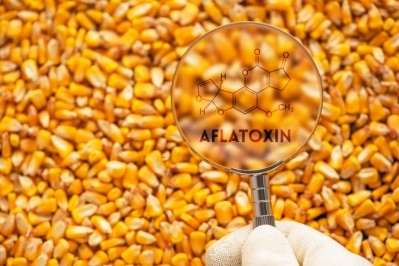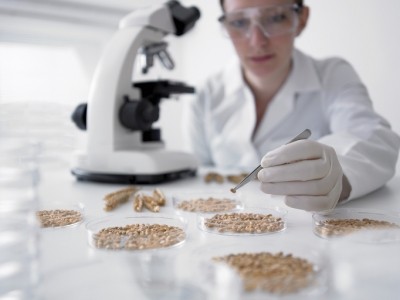A trip through the archives: Mycotoxin management insights

In August 2021, we heard that next generation sequencing combined with functional metagenomic analysis and genetic engineering have the potential to expedite the development of enzymes for the control of mycotoxins at a feed level, says academic.
“Enzyme strategies are very promising but they have been slow to develop because of the complexities around isolating what those enzymes were, establish what bacteria were producing them and trying then to select for increased production of those particular enzymes,” said Dr Todd Applegate, Poultry Science Department Head and Professor at the University of Georgia, addressing a webinar audience via the Phibro Academy platform.
However, he said that new technologies are emerging to accelerate this lengthy selection process.
“It is really coming from next generation sequencing looking at metagenomics and then genetically engineering and inserting the enzymes identified from those molecular processes into another microbe for a production vector.”
Climate challenges ahead
A story from January this year outlined how US Department of Agriculture (USDA) scientists are working to prepare wheat for the climate challenges ahead. In growth-chamber experiments in Peoria, Illinois, a team at the USDA’s Agricultural Research Service (ARS) are conducting experiments to evaluate the resilience of different wheat varieties to stressors.
One stressor is infection by Fusarium graminearum, the fungus that can damage the grain and contaminate it with mycotoxins, rendering it unsafe for food or feed use.
Studying how fungus itself behaves in wheat plants exposed to high CO2 levels, the team, to date, have observed that:
- The severity of blight and production of mycotoxins like deoxynivalenol depends on the fungal strain and wheat variety attacked.
- Besides protein and minerals, Alsen plants suffered a drop in oleic and linoleic fatty acids, which normally contribute to resistance to blight and other fungal diseases.
Ultimately, the team, led by Martha Vaughan, a supervisory molecular biologist, and William Hay, a plant physiologist, at the ARS mycotoxin prevention and applied microbiology research unit in Peoria, hope their findings will inform breeding efforts to shore up wheat's climate resiliency.
They also want to help guide growers to adopt crop management strategies that could offset wheat's metabolic responses to high CO2 levels and, in turn, the likelihood of mycotoxin contamination.
Algae as mycotoxin binder
We reported on research in February 2022 in relation to Asterarcys quadricellulare (AQ) a microalgal species with potential applications in improving the quality of animal feed, but for which, to date, safety studies on this species have been lacking.
Evidence indicates the mycotoxin-binding capabilities of AQ when used as a feed ingredient, said the authors, which are based in Alltech Ireland and France.
In a study over 21 days involving 508 Ross chicks, AQ was included in a diet at 0.5, 1, and 2 kg/ton that was contaminated with ochratoxin A (OTA) at a rate of 90 μg/kg. The inclusion of AQ resulted in a 13, 34, and 35% decrease in liver OTA concentration. This suggests a role for AQ as a mycotoxin binder for sequestering OTA in vivo (Moran et al., 2018), said the team.
“Furthermore, previous studies have shown algal glycans are as effective as other mycotoxin binders such as activated charcoal (Cavret et al., 2010). Therefore, elucidation of the AQ glycomic structure may establish its potential to bind other phytotoxins and mycotoxins of interest.”













